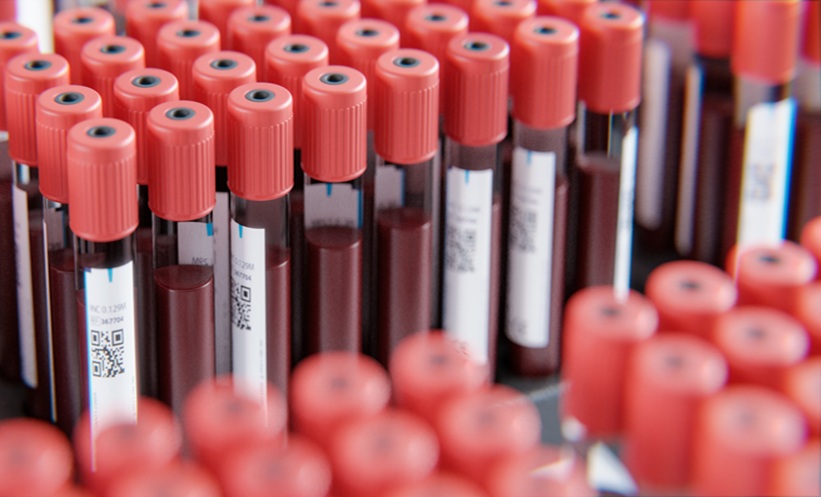PROSTATE cancer screening remains a vital tool in the early detection of clinically significant prostate cancer (csPCa). While the prostate-specific antigen (PSA) test is widely used, it is often accompanied by high rates of overdiagnosis and overtreatment. In response, Stockholm3, a blood-based biomarker, has emerged as a more accurate alternative, combining five proteins, a germline genetic risk score, and clinical data to predict csPCa. This innovative biomarker has shown superior performance to PSA in population-based trials by reducing unnecessary prostate biopsies, MRIs, and diagnoses of benign conditions, such as Gleason 6 cancer, without compromising csPCa detection.
Despite the advancements in prostate cancer screening, disparities persist in cancer incidence, screening rates, and mortality among different racial and ethnic groups. Many underrepresented groups, such as Black, Hispanic, and Asian populations, have been excluded from most screening trials. To address this, the SEPTA trial was designed to evaluate the performance of Stockholm3 across diverse racial and ethnic groups, including Asian, Black, Hispanic, and White patients. The trial, conducted between 2019 and 2023, found that Stockholm3’s sensitivity for detecting csPCa was comparable to PSA, with nearly three times higher specificity. It also demonstrated a reduction in unnecessary biopsies by up to 52% across various racial and ethnic subgroups.
In comparison with other established biomarkers, such as the free/total PSA ratio and PSA density, Stockholm3 outperformed these tests in terms of predictive accuracy and specificity. It also showed a significant reduction in unnecessary biopsies, with improvements in csPCa detection. The study demonstrated that Stockholm3 had a higher area under the curve (AUC) in risk prediction and performed well in decision curve analysis across all risk thresholds.
While Stockholm3 has proven to be an effective screening tool in diverse populations, the study did have limitations, including a relatively low number of patients who underwent MRI before biopsy. Nonetheless, Stockholm3’s performance in identifying men at risk for csPCa in a diverse cohort is promising, making it a valuable addition to prostate cancer screening practices.
Reference
Lazarovich A et al. A Comparison of Stockholm3, serum biomarkers, and risk calculators to predict prostate cancer in a racially and ethnically diverse cohort: evaluation of the Stockholm3 Multiethnic SEPTA Trial. J Urol. 2025;213(5):590-9.








